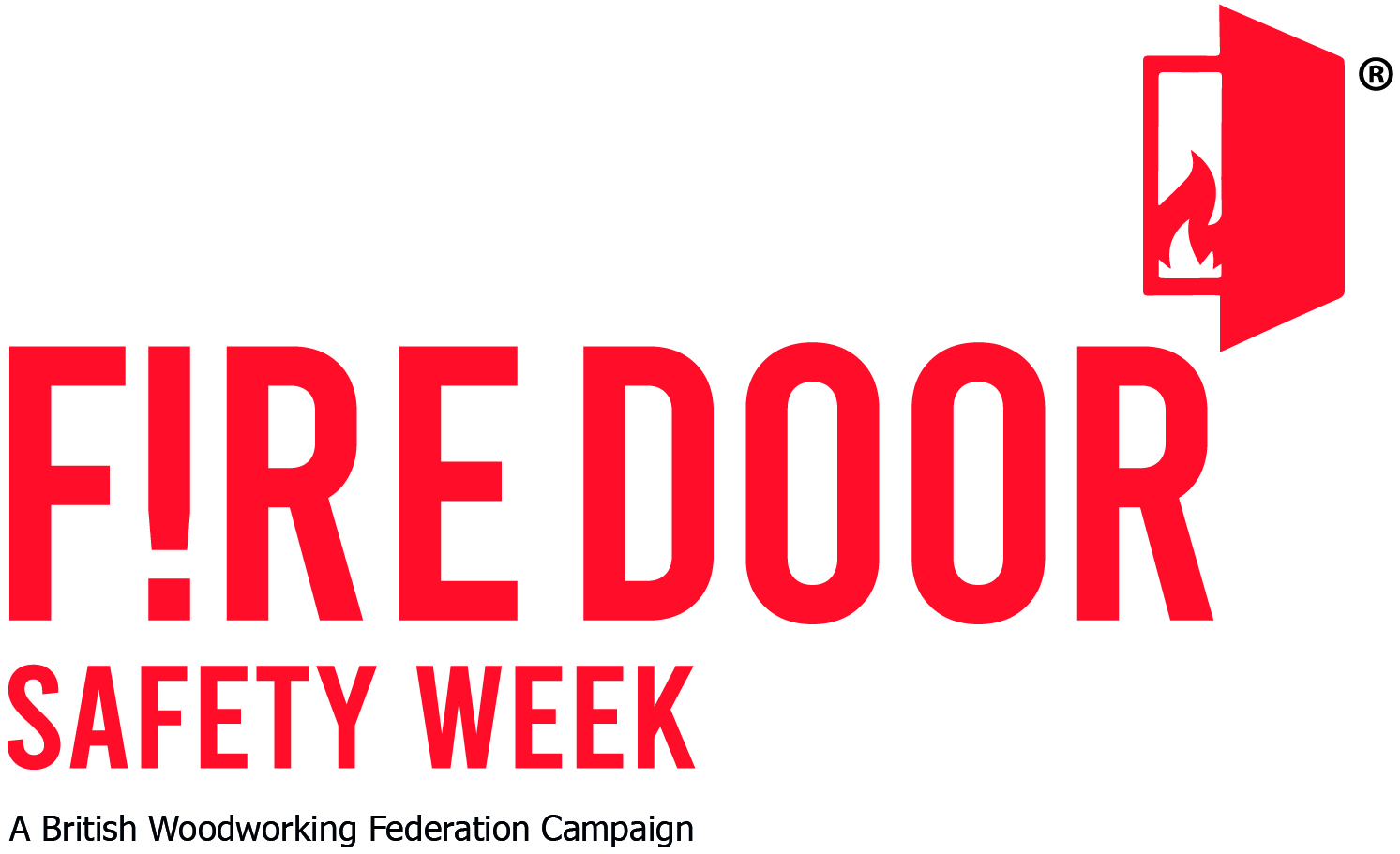What is your responsibility?
- Educational establishments are often a harsh environment for doors, with high footfall meaning constant use.
- Beyond the educational facilities there are often residential considerations (e.g. halls of residence) that fall within the remit of the education provider.
- Schools, universities and colleges have a responsibility under the Regulatory Reform (Fire Safety) Order 2005 (FSO) to ensure that their students and staff are safe.
- Facilities should have a fire risk assessment and nominate a “responsible person” (this could be a management company or an individual) who has legal responsibility under the FSO and can be criminally prosecuted if they do not fulfil their duties. This covers a requirement upon the Responsible Person to demonstrate that in the event of danger, it must be possible for persons to evacuate the premises as quickly and safely as possible.
- The state of Fire Doors falls within this responsibility and is given specific reference in the FSO.
Why is a Fire Door Important?
- A fire door ensures that should a fire break out, it can be contained in a “compartment”. This keeps the fire and smoke trapped for a defined period, allowing time for people to get out/to be rescued and make the fire easier to tackle.
- It will not fulfil this function if damaged or propped open.
How to identify a fire door
- Signs that might indicate a fire door include things like a blue ‘Fire Door’ or ‘Keep Closed’ sign, door closers, intumescent or smoke seals around the edge of the door or the frame.
- All fire doors are fire rated. Some are FD30 (providing 30 minute protection), FD60 (60 minute protection) or higher. There is usually a certification mark (a label or plug) on top of the door if it is a Fire Door – you can find out more in the Best Practice Guide published by the BWF Fire Door Alliance.
How to inspect and maintain a fire door
- Fire doors should be checked regularly, and the more they’re used the more frequently they should be checked.
- Anyone can spot a dodgy fire door – see the 5 Step Check to see how. But if you have legal responsibility for fire safety, call in a professional fire door inspector to provide guidance.
- Create a fire door maintenance checklist and schedule, and check all doors in your building.
- Only ever replace damaged components with like-for-like. Check the fire certificate. A trained person should be responsible for this maintenance work.
